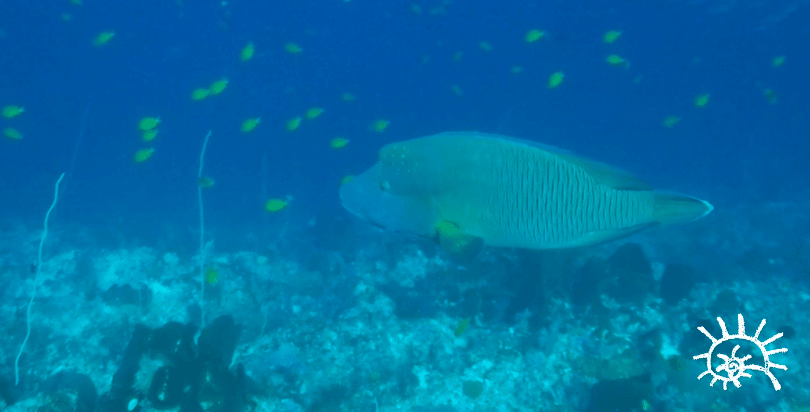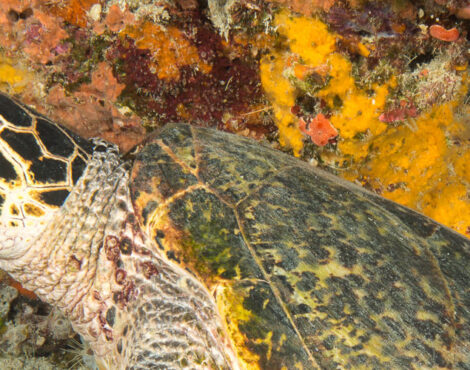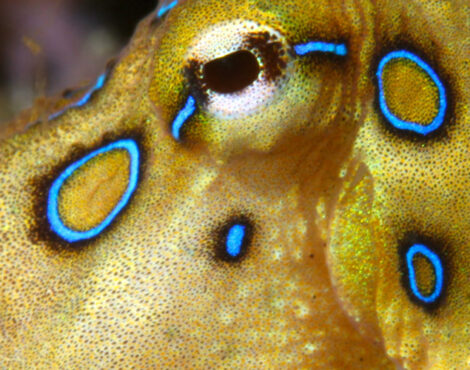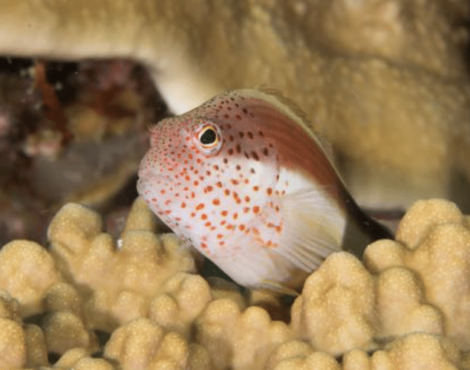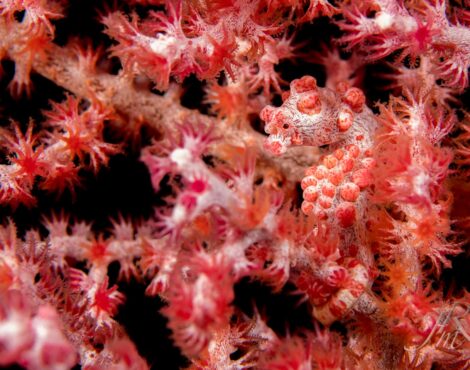Whist diving in Bunaken Marine Park, it can be all too easy to get lost in all the macro life, spending almost all of your dives with your head down in the reef looking for the tiny critters that make North Sulawesi a famous diving destination. Although macro life is what Bunaken is most famous for, it is also well known for its species diversity, containing thousands of species of reef fish, not all of which could exactly be described as âmacroâ.
The Magnificent Napoleon Wrasse: Giants of the Seas and Guardians of Biodiversit
Probably the most common âbig encounterâ we happen to stumble upon is the Cheilinus undulates, common name, Napoleon wrasse. They actually have quite a large range, spreading from the east coast of Africa and the Red Sea, all the way to the Pacific Ocean. They are the largest living member of the family Labriae (wrasses), a highly diverse and large family containing over 600 species. The males are larger than the females, reaching up to 2 metres in length and weighing close to 200kg, although such large specimens are rare. Aside from their large size, they are easily recognised by their blue-green colour, thick lips, and a prominent hump on the forehead of larger adults.
Role of Napoleon Wrasses in Coral Reef Ecosystem: Opportunistic Predators and Guardians of Balance
Like all wrasses, Napoleon wrasses are strictly carnivorous, being opportunistic predators. Typically, Napoleon wrasses feed primarily on invertebrates such as molluscs or crustaceans, or less commonly they may eat small fish. They are also one of the few predators of toxic animals such as sea-hares and crown-of-thorns starfish, making them play an important part in maintaining a healthy coral reef.
Napoleon wrasses are long-lived, with females being known to live for around 50 years, and males slightly less at 45 years. They are protogynous hermaphrodites, meaning some individuals (however not all) will change from female to male at around 9 or 10 years old, however the details of what prompts this sex change are not yet known. Although they are long-lived, they have a very slow breeding rate, and it may take up to 7 years for an individual to reach sexual maturity. Once reached adulthood, they will move into areas of high currents and at certain times of the year, group together to spawn, with males and females releasing sperm and eggs into the water column for fertilisation. The planktonic eggs, roughly half a millimetre in diameter and transparent, will drift away with the current, and once hatched the larvae will settle onto a reef.
Endangered Giants: The Plight of Napoleon Wrasses and the Battle for Conservation
Despite being quite a regular sightings off the deep walls surround Bunaken and its neighbouring islands, Napoleon wrasses are an endangered species under significant threat throughout most of their range. Despite their endangered status, they are still hunted as the meat is considered a delicacy in many cultures. They are also known to be quite a friendly species, often brushing against divers in the same way a cat might. They have an inquisitive nature, and this has led to many operations feeding them to attract them to divers. In the Red Sea, they have often been fed eggs, and a number of dead specimens have been found to have high cholesterol. Because of this, feeding them in these areas in now banned. In Indonesia, fishing for Napoleon wrasses is illegal except for scientific purposes, but despite this, Indonesia remains one of the largest exporters, along with The Philippines and Sabah Malaysia .
It is not just divers who might encounter one of these gentle giants. They can be frequently seen by snorkelers over the shallow reefs. They can make for fantastic wide angle photography subjects if approached slowly, however if you approach them too fast, they will take off at a great speed, usually heading for the depths where you cannot follow.

